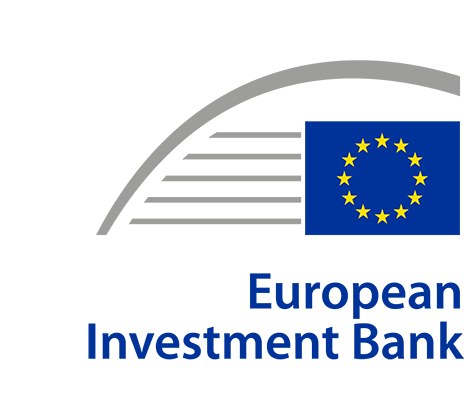Comparing Different Promotional Instruments in the Ex-ante Assessment and Evaluation
21 September 2015
In this article a model is presented to compare a wide range of promotional instruments including financial instruments supported by the European Structural and Investment (ESI) Funds. The model is based on three elements, which are already developed and widely used and brings the result together in one formula. The model is applicable e.g. to low-interest loans, quasi-equity and equity instruments, their respective grace periods (repayment-free years), extended tenors (maturities), indemnities, as well as to tax exemptions and grants. It also includes the special cases of revolving funds. In addition, the model can depict the administrative costs as well as the re-financing advantages where appropriate. It fulfills the special requirements for ex-ante assessment for financial instruments co-financed by ESI Funds in respect to value added, multiplier and leverage as required by the EU regulations for the 2014–2020 programming period. The model is robust and easy to implement, and supplies funding recipients, funder and funding intermediaries such as development banks with the information they need for decision-making purposes.


